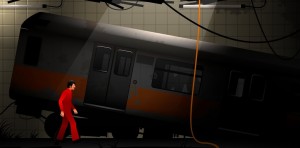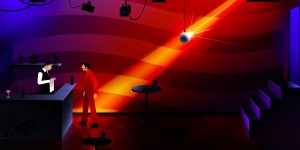Electronic music is often viewed as a musical genre that stands separate from other genres. However, since the invention of the Telharmonium, electronic instruments have been integrated into various styles of music as well as our lives in general. Learn about the early development of electronic music with Thom Holmes, as he explains his collection of electronic music that spans from 1930 – 1985, electronic instruments, tape composition, and Motown’s neglected Moog synthesizer.
Music featured:
Note from Thom: “This happens to feature a Hammond organ and a Hammond Novachord played at the same time, although the standard Hammond dominates the music. It is the opening instrument with the vibrato effect. The Novachord is used for a few breaks and novel sounds. ”
Note from Thom: Morton Subotnick composed this commission from Nonesuch Records using the Buchla synthesizer and tape. Note the used of sequences and repeating patterns, made easy the Buchla’s on-board sequencer.
Note from Thom: Produced by Mort Garson and featuring a number of session musicians including Paul Beaver on Moog modular synthesizer. This is the first commercial record release to feature the Moog.
Note from Thom: This is still the gold standard for Moog Modular multitrack recording. This is the version of Bach’s “Brandenburg Concerto No. 3 in G Major, First Movement” as released on the album Switched-on Bach by Wendy Carlos.
Note from Thom: Rick Powell and the Moog, recorded in Nashville. From the LP Switched-On Country. Note his skill at multitracking and using a variety of Moog voices, particularly to emulate plucked strings, and the modulated voice/breath sound to suggest the verses of the song.




